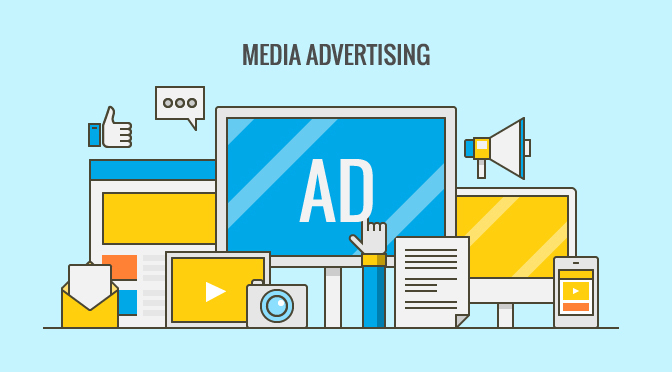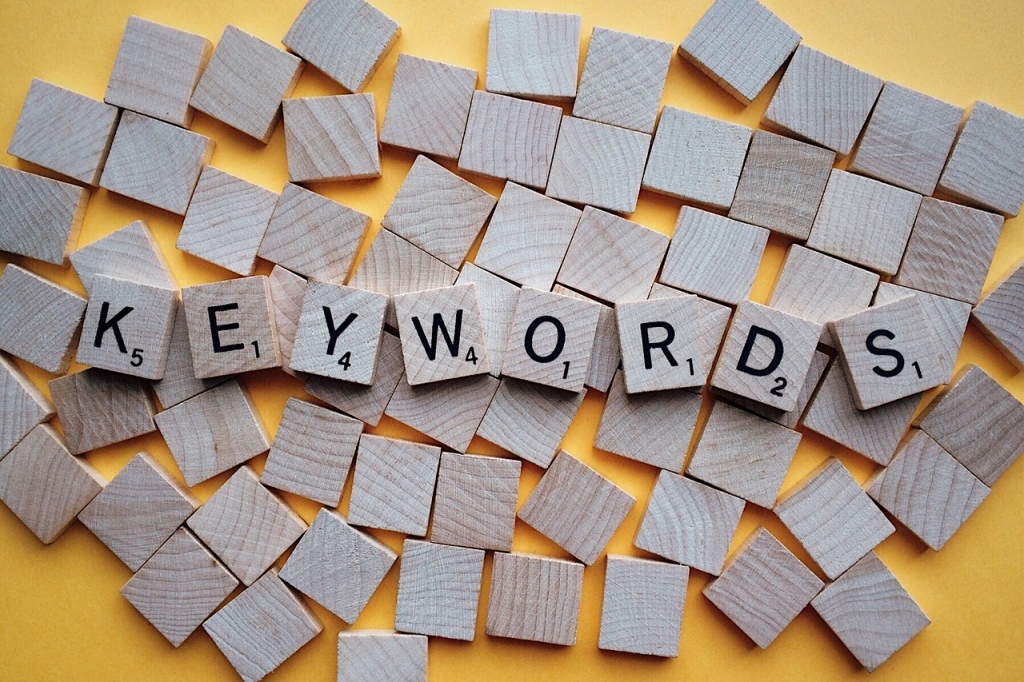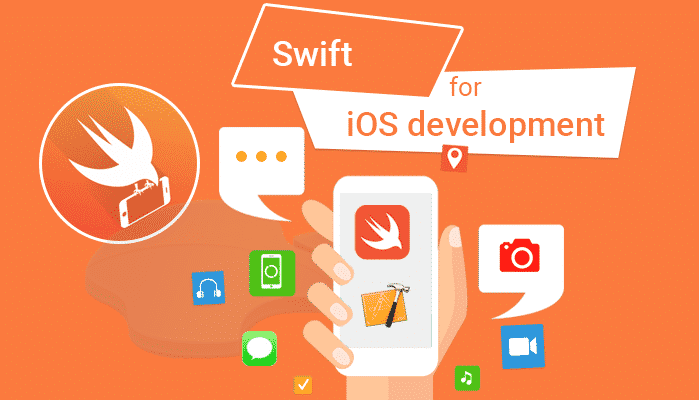Marketing is a highly competitive field, and you want to make sure your service stands out in the crowd. A successful marketing campaign will draw customers to you over the competition.
But there are numerous mistakes that can be made in marketing that can derail your strategy. In this guide, we show you where those pitfalls are, and how to avoid them.
Avoiding online reviews
You are probably aware already of how online reviews can impact your business. According to statistics, there are around 455 million unique visitors and a million hotels on TripAdvisor — that’s a huge pool of potential customers that can read a single bad review and be dissuaded from choosing your business.
So, how do you maintain a positive appeal on review sites? A great way to keep negative opinions off global, independent review sites is to be savvy with your social media activity. If you have a disgruntled customer, it’s likely that they want a response to their issue and will initially choose your company’s Facebook or Twitter account to communicate with you directly. If you receive a complaint — either via a tweet, a tag or a message — respond to it as quickly as possible.
Customer services and social media expert, Jay Baers advises: “A lack of response is a response. It’s a response that says, ‘We don’t care about you very much’.”
Leaving a complaint is a bad move, as you will leave an already unhappy customer feeling ignored, which in turn will likely lead them to posting a bad review on other sites for a wider audience to see. Theoretically, that means not only will all your brand’s social media followers see the complaint, but also potential customers who may be browsing independent review sites for future accommodation options.
Avoiding brochure marketing
Many customers link brochures with the hospitality sector, despite the rise of digital marketing. According to a survey of 1,560 hospitality professionals conducted by the Center for Marketing Technology (CMT), 98% of front desk staff would choose printed media and 94% of hotels deliver information to guests via a brochure display.
Print media in marketing is still generally received well by customers. According to an experiment by TrueImpact, customers use less mental effort to process a printed ad as opposed to a digital one, and they are able to remember print more easily after seeing it than digital. Evidently, brochure and this industry go hand in hand — so don’t miss your opportunity to advertise your establishment by not investing in a brochure marketing campaign.
Not promoting with products
Promotional material, like pens and mugs, are an appealing way to make sure your guests remember you. According to a survey, 80% of people can recall a brand after receiving a promotional product, while 58% of people keep a promotional product for one to over four years. If you want to encourage repeat custom, perhaps this marketing tactic is one you should adopt today.
The act of offering branded items to customers shows pride in your company, which is in turn a confidence-boost to your customers. L.J Market Research found that over 50% of people in a survey eventually became a customer of a brand after receiving a promotional product from them — can you afford to miss out on this opportunity? Consider ordering a batch of promotional items that you can hand out at trade shows or that people could use in public to enhance your marketing ROI.
Only using one path
Be sure to look into all routes of marketing your company, on online platforms and through offline media. Being active on social media will help you to get your brand out there and build a rapport with customers. SUMO Heavy Industries — a digital strategy and design company — found that 72% of people use social media daily. On Facebook and Twitter, you can send instant replies to existing and potential customers, which could prove essential in order to secure a second or first-time booking, while these channels also give you the opportunity to send immediate updates on special offers or photos of new rooms and services you’re now offering.
Take a look at print marketing too, as it is still widely successful. When marketing in this sector, the look of a place or guestroom can make or break your campaign, and with print, your audience can enjoy an attractive image that sells your brand and doesn’t go away by scrolling down. A university study discovered that, when comparing the efficiency of online and print adverts, the print format proved to have the most ‘advertising effectiveness’. This study took into account how much a person spent looking at the ad, how much information they took from it and how likely they were to buy (or book). Still not convinced? According to a survey of 2,400 consumers, 82% of people trust print ads, while only 25% said the same for online pop-ups — so perhaps it’s worth balancing out your marketing strategy if you’re currently focusing on digital platforms.
Choosing your words badly
The language of marketing is a skill of its own. So, don’t rush into writing a promotional leaflet or other type of ad without taking time to consider every word you’re using.
Your language should echo the wants and needs of your guests. That means you must use language that embodies and emphasises this level of excitement. Words like: ‘entertaining’, ‘delicious’, ‘wonderful’, ‘relaxing’, ‘luxurious’, and ‘beautiful’ to describe rooms and facilities are great options. Although you mustn’t pack your marketing material with too much text. Instead, peppering your content with favourable and engaging words can make the difference between enticing your potential customer and losing their interest.
Poor images
Imagery is a powerful tool when advertising your business. How many times have you seen a brochure or email ad for a hotel or B&B that didn’t include at least one or two attractive photos?
Customers will turn to photo evidence as a means of avoiding nasty surprises. In fact, according to a report created by digital agency, Bright North, poor image quality reduces the chance that a potential customer will choose you over your competitors. The term: ‘a picture is worth a thousand words’ was apparently coined by Frederick R. Barnard and is something anyone marketing within the accommodation industry should bear in mind. Before booking, consumers want to be assured that the modern bathroom and spacious living space you claim your venue offers is true — so don’t ruin the illusion and turn consumers away by placing an image with a poor resolution on your brochure, leaflets and roll up banners. Or even worse, not providing a photo at all.
Customers are researching and comparing all services these days, so marketing can be the strongest way to attract new customers. Just make sure to avoid the pitfalls stated above in your next campaign.



